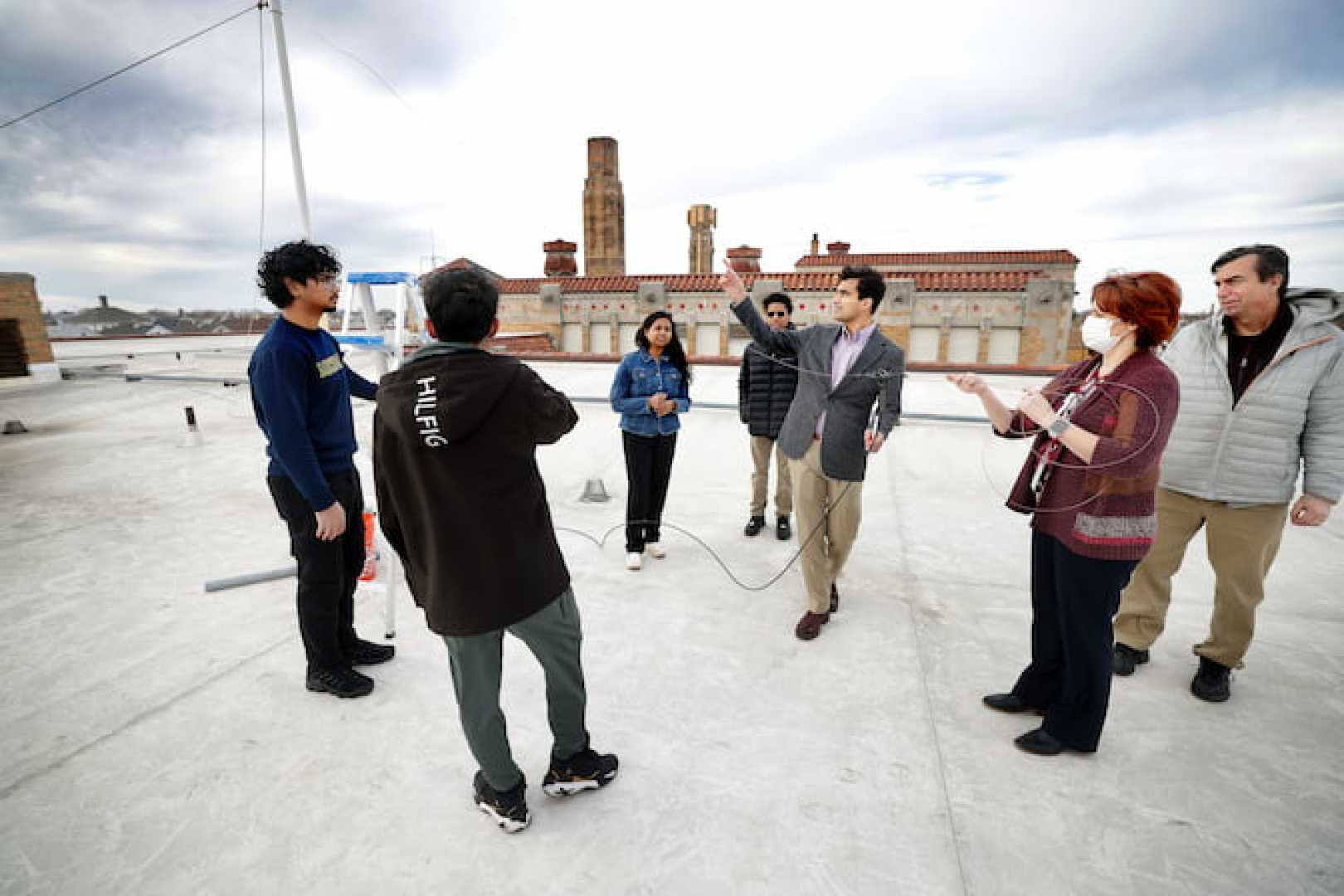Education
High School Students Monitor Solar Storms with NASA’s Antenna Kits

ANN ARBOR, Mich. — High school students across the United States are playing a vital role in monitoring solar disturbances that can pose threats to satellites and the power grid. On May 17, 2023, students from Skyline High School in Ann Arbor, working alongside researchers from NASA and the University of Michigan (U of M), began assembling the SunRISE Ground Radio Lab kit, aimed at detecting solar radio bursts.
The initiative, launched in August 2023, has involved 18 high schools spread across eight states and Puerto Rico. Each school received $500 antenna kits designed by U of M to help monitor solar radio bursts, which can indicate geomagnetic storms, potentially affecting Earth.
Mojtaba Akhavan-Tafti, a research scientist at U of M who leads the project, noted that it originally began as a program for college students to design and build antennas. Due to its success, NASA encouraged the involvement of high school students, recognizing their interest in pursuing STEM careers.
Initially, the antennas built by college students were expensive, costing around $25,000 each. College students responded by creating a simpler antenna design priced at $500. NASA funded this initiative, collaborating with U of M to engage high schools across the nation.
High schools participating in this program agreed to install antennas on their campuses and collect data weekly. After receiving the antennas, students underwent online training to learn about radio astronomy, data collection, and scientific applications of their work.
The program aims to foster student engagement in science, technology, engineering, arts, and math (STEAM). Akhavan-Tafti emphasized the importance of getting young people involved in the rapidly growing space industry.
In addition to tracking solar radio bursts, students participated in data collection during the October 2023 annular solar eclipse. They have made significant contributions by characterizing signals and working towards automating data categorization.
The project also supports NASA in launching six toaster-sized satellites designed to observe solar radio emissions from space. Akhavan-Tafti explained that the radio signals from solar events can serve as early warnings for geomagnetic storms that reach Earth, often creating disruptions.
The project has allowed high school students to develop practical skills in science and engineering. Upon project completion, students receive a certificate from NASA, further enhancing their university applications.
“Our hands-on approach helps students relate classroom learning to real-world applications,” Akhavan-Tafti said. This initiative aims to inspire the next generation of scientists, engineers, and entrepreneurs who may drive the future of the space industry.
Currently, more schools are encouraged to participate in the SunRISE Ground Radio Lab, which provides kits and access to educational resources, along with opportunities to connect with space science experts.












